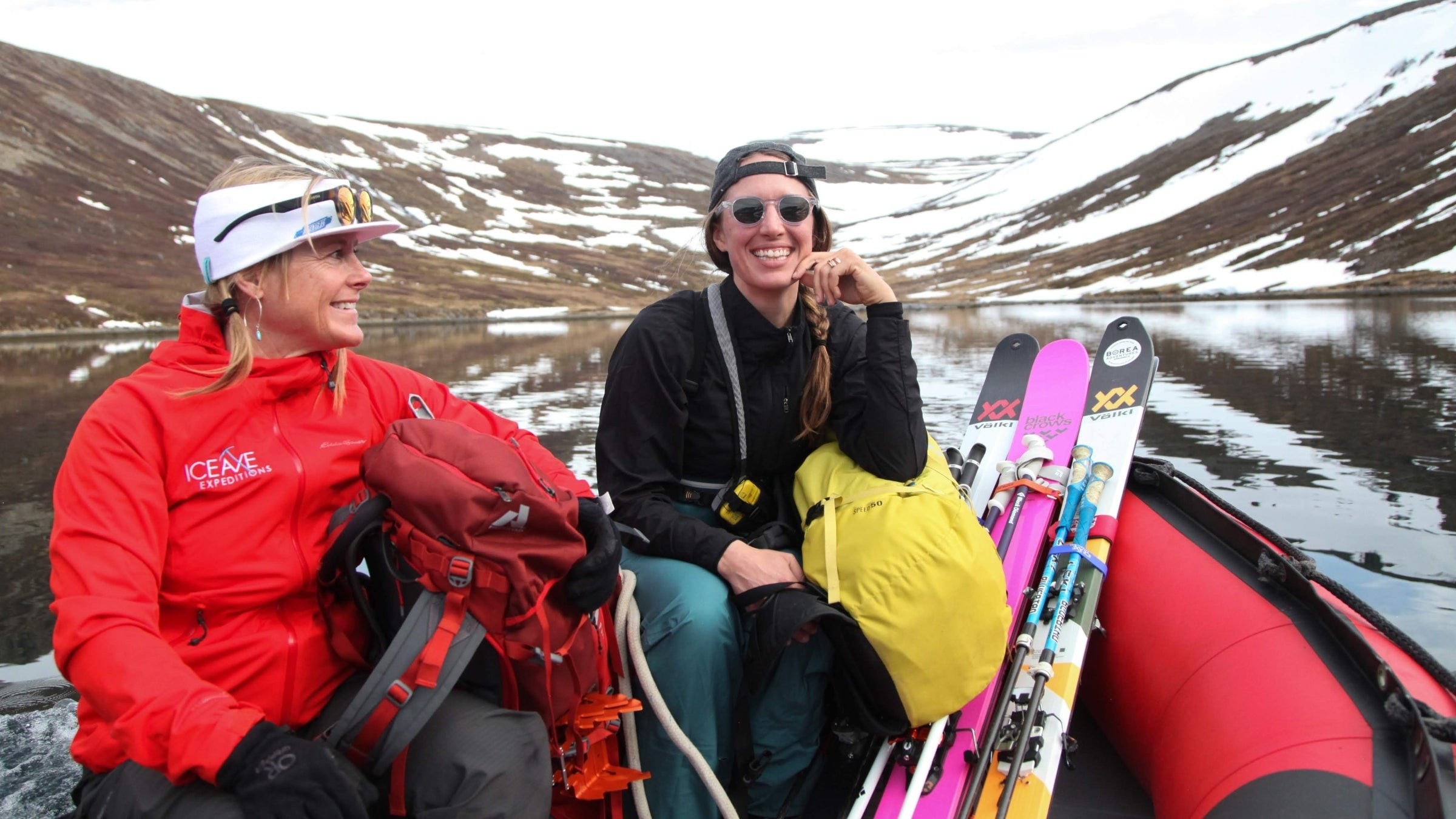Navigating the world of tipping can be tricky, especially when it comes to outdoor adventures. You might be wondering, “How Much To Tip A Guide?” Unlike restaurants, where tipping is almost automatic, knowing how much to tip a guide after a fantastic backcountry ski trip, a thrilling whitewater rafting experience, or a relaxing day of guided fly-fishing can be less clear. This comprehensive guide breaks down the etiquette of tipping outdoor guides, ensuring you’re prepared and generous.
 Guide leading a group on a snowy mountain, showcasing a typical guided outdoor experience
Guide leading a group on a snowy mountain, showcasing a typical guided outdoor experience
The Golden Rule: Treat Guiding as a Service Industry
Shane Robinson, a seasoned mountain guide and founder of Graybird Guiding, emphasizes the service nature of guiding. “Guiding is very similar to the restaurant industry. It’s a service industry,” he states. He highlights that many guides rely on tips to supplement their income. Therefore, being prepared to tip acknowledges their hard work and dedication.
1. Calculate the Tip: Aim for 10-20%
A standard guideline for tipping guides is 10 to 20 percent of the total trip cost. For example, if you’re paying $500 for a day of guided rock climbing, a suitable tip would range from $50 to $100. This percentage recognizes their expertise and effort in ensuring a safe and enjoyable experience.
2. Don’t Skimp on Pricey Trips
Even if you’ve spent a significant amount on a trip, such as a $5,000 Grand Canyon river expedition, tipping is still expected. Holly Walker, a Canadian guide and owner of Fall Line Guides, notes that people sometimes tip less on pricier trips. To avoid feeling sticker shock, factor a 10-20% tip into your initial budget.
3. Plan Ahead: Be Prepared with Cash
Avoid the awkward scramble for cash at the end of your trip. Sandy Cunningham, CEO of Uncharted, suggests preparing envelopes with predetermined amounts of money for various staff members, including guides, drivers, and cooks. This ensures you’re always ready to show your appreciation.
4. The Right Moment: Tip at the End of the Trip
While some services allow you to add a tip during booking, it’s best to tip at the end of the trip. This allows you to base your gratuity on the quality of service received. The best time to hand over the tip is during your goodbyes, expressing your gratitude for the experience.
5. Cash is King: Preferred Payment Methods
Although guides may accept various forms of payment, cash is generally preferred. If you don’t have cash, many American guides accept tips via Venmo. However, cash is always the best option for guides from other countries or when tipping porters, drivers, and local guides directly.
6. Currency Considerations: U.S. Dollars are Welcome
If traveling internationally, U.S. dollars are often appreciated, even by Canadian guides. Sandy Cunningham points out that people often prefer U.S. dollars, especially if their local currency is weaker.
7. Instructional Settings: Don’t Forget Lessons and Clinics
Guiding extends to lessons and clinics, such as ski resort lessons, mountain bike clinics, or running retreats. In these settings, a 10-20% tip is also appropriate. Even avalanche safety classes and mountaineering courses, where tips are less common, warrant a gratuity to acknowledge the guide’s expertise.
8. The Support Staff: Remember the Team
When at a backcountry hut, wilderness lodge, or safari camp, remember to tip the entire team. First, tip your guide 10-20% of the total cost. Then, contribute to a separate tip for the cook, caretaker, cleaning staff, and other support personnel. Your guide can advise on how to distribute these tips appropriately.
9. Group Travel: Pool Your Resources
If traveling in a group, combine your tips into a single gratuity. This simplifies the process and is often preferred by guides.
10. Beyond Money: Alternatives to Tipping
While cash is preferred, any sign of gratitude is appreciated. A handwritten card, a gift certificate, or a bottle of whiskey can also be thoughtful gestures. Offering to buy your guide a meal or a beer is a nice addition to your tip.
11. Unforeseen Circumstances: Tipping When Things Don’t Go as Planned
Even if the trip didn’t go as planned, consider the guide’s effort and expertise. If the guide truly let you down, adjust your tip accordingly. However, remember that sometimes good guiding means prioritizing safety, even if it means not reaching the summit.
12. When in Doubt: Don’t Hesitate to Ask
If you’re unsure about tipping etiquette, don’t be afraid to ask the outfitter or operator for guidance. They can provide a range or specific amount to consider tipping. However, avoid directly asking your guide how much you should tip them, as this can be awkward.
In conclusion, tipping a guide is a gesture of appreciation for their hard work, expertise, and dedication. By following these guidelines, you can ensure that you’re adequately compensating your guide and contributing to a positive and rewarding experience for everyone involved.